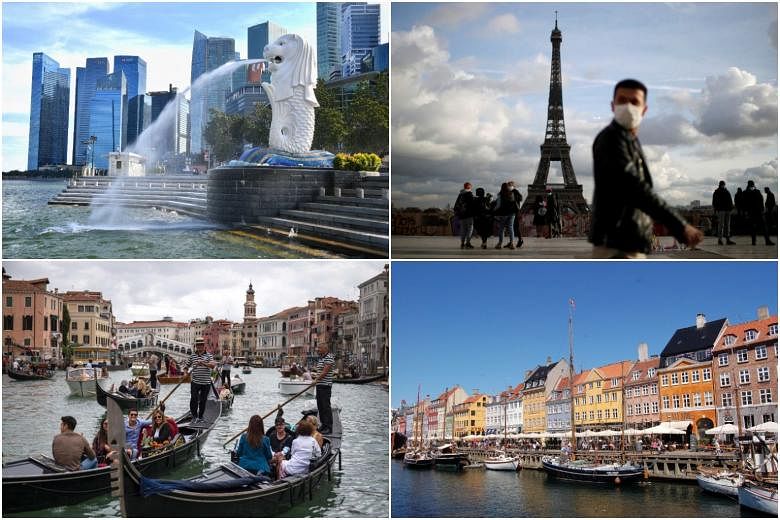In living with Covid-19, Singapore is taking concerted steps to open travel lanes with more places where people can travel to and from without quarantine. This follows the announcement of a Vaccinated Travel Lane (VTL) agreement with South Korea on Friday (Oct 8).
On Saturday, Transport Minister S Iswaran said vaccinated travellers will also be able to fly to Canada, Denmark, France, Italy, the Netherlands, Spain, Britain and the United States from Oct 19. Here is a look at the Covid-19 situation in nine of the countries that have established VTLs with Singapore recently:
South Korea

The country is racing to get 80 per cent of its adults aged 18 and above inoculated by the end of this month, with around 64.5 per cent of that group fully vaccinated as at Thursday (Oct 7). Shots are also being offered to those aged 12 to 17 and pregnant women this month.
South Korea reported for the first time more than 3,000 new daily infections on Sept 26, following the annual Chuseok holiday, but the number has since fallen to around 2,000 daily.
The Korea Disease Control and Prevention Agency announced that it expects to begin restoring normal routines from Nov 9 in its bid to "live with Covid-19".
A major part of that is the expansion of at-home care since August for those presenting less severe Covid-19 symptoms, as home isolation lowers the potential for hospitals being overloaded.
Population: 51.3 million
Cases (7-day average): 2,029
Deaths so far: 2,575
Vaccination rate: 59.1 per cent fully vaccinated
Current border controls: South Korea has not been open to leisure travellers for most of the pandemic. Strict 14-day quarantines are required for returning South Korean residents or business travellers, but those fully vaccinated with World Health Organisation (WHO)-approved vaccines are exempted. Travellers from Singapore will need to take a pre-departure PCR test within 72 hours of the departure date.
Current Covid-19 safety measures: Since July, the greater Seoul area has been under the most restrictive Level 4 measures, which include bans on private gatherings of three or more people after 6pm. That allowance goes up to six if four in the group are fully vaccinated.
A digitised vaccine passport is in the works, with restaurants already checking vaccination statuses of their patrons on popular apps like Kakao Talk.
United States

By the United States Centres for Disease Control and Prevention's own admission, overall community transmission in the country remains high.
But new infections (24 per cent), hospitalisations (20 per cent) and deaths (12 per cent) have all fallen from a fortnight ago, according to a New York Times tracker.
States like Florida, which was among the hardest hit by a Delta-driven surge when it recorded around 20,000 new daily cases in most of August, has seen transmissions lowered to 4,000 daily cases now thanks to higher vaccination rates.
US President Joe Biden has also promised booster shots to 60 million people at high risk of exposure to the virus for now.
Population: 332.9 million
Cases (7-day average): 99,795
Deaths so far: 712,972
Vaccination rate: 55.6 per cent fully vaccinated
Current border controls: For now, travellers banned from going to the US include those from China, India, Brazil, Britain and countries from Europe's Schengen zone, such as Germany, France and Italy. These restrictions are slated to be lifted in early November, but no date has been set. For travellers to qualify as vaccinated, they must be inoculated with one of the six WHO-approved vaccines, namely those produced by Pfizer-BioNTech, Moderna, Johnson & Johnson, AstraZeneca as well as the Chinese-manufactured Sinopharm and Sinovac shots. All travelling to the US by air are required to present a negative PCR test or ART result three days before departure, which gives slightly more leeway than a 72-hour limit; or provide medical proof of recovery from Covid-19.
Current Covid-19 safety measures: Mask mandates vary according to states and vaccination status. For instance, only those who are unvaccinated are required to wear a mask when entering indoor spaces on public transport or in restaurants and gyms in New York.
But in California, everyone aged two and above must wear a mask indoors, regardless of vaccination status. Those who have had their WHO-approved shots can show vaccination proof on state-specific apps.
Canada
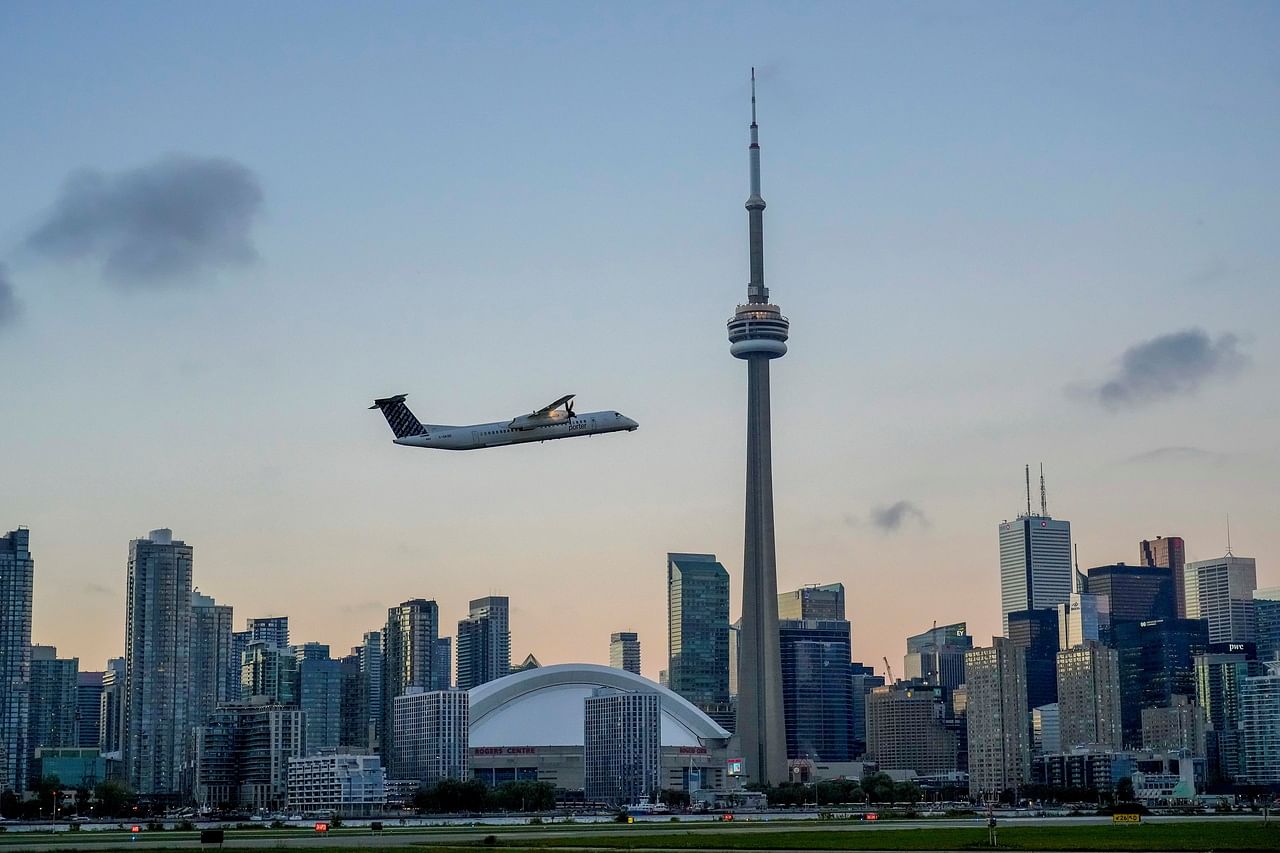
Canada's chief public health officer said modelling showed that the current fourth wave of Covid-19 in the country is "levelling off".
New infections have decreased by 8 per cent from two weeks ago. However, deaths in the country increased by 9 per cent over the same period.
Tighter restrictions, including a public health emergency in Alberta, helped slow the spikes in new infections last month. The province had to seek help from other provinces after its intensive care units (ICUs) were overwhelmed and operating at 155 per cent of its normal capacity.
Population: 38.1 million
Cases (7-day average): 3,981
Deaths so far: 28,246
Vaccination rate: 72 per cent fully vaccinated
Current border controls: Canada opened up to vaccinated international travellers on Sept 7. Foreigners who are not fully vaccinated are allowed entry only for special reasons such as to receive medical treatment or for funerals, and must be prepared for 14 days of quarantine. Pre-departure molecular tests, which include polymerase chain reaction (PCR) tests, taken 72 hours before departure are required for all travellers. ART results are not accepted.
Current Covid-19 safety measures: Rules vary according to provinces. In British Columbia, masks are required only in indoor settings. But there are no restrictions on personal gatherings, as opposed to 50 per cent capacity caps for organised ones like weddings and funerals. There are also no group limits for indoor and outdoor dining.
United Kingdom
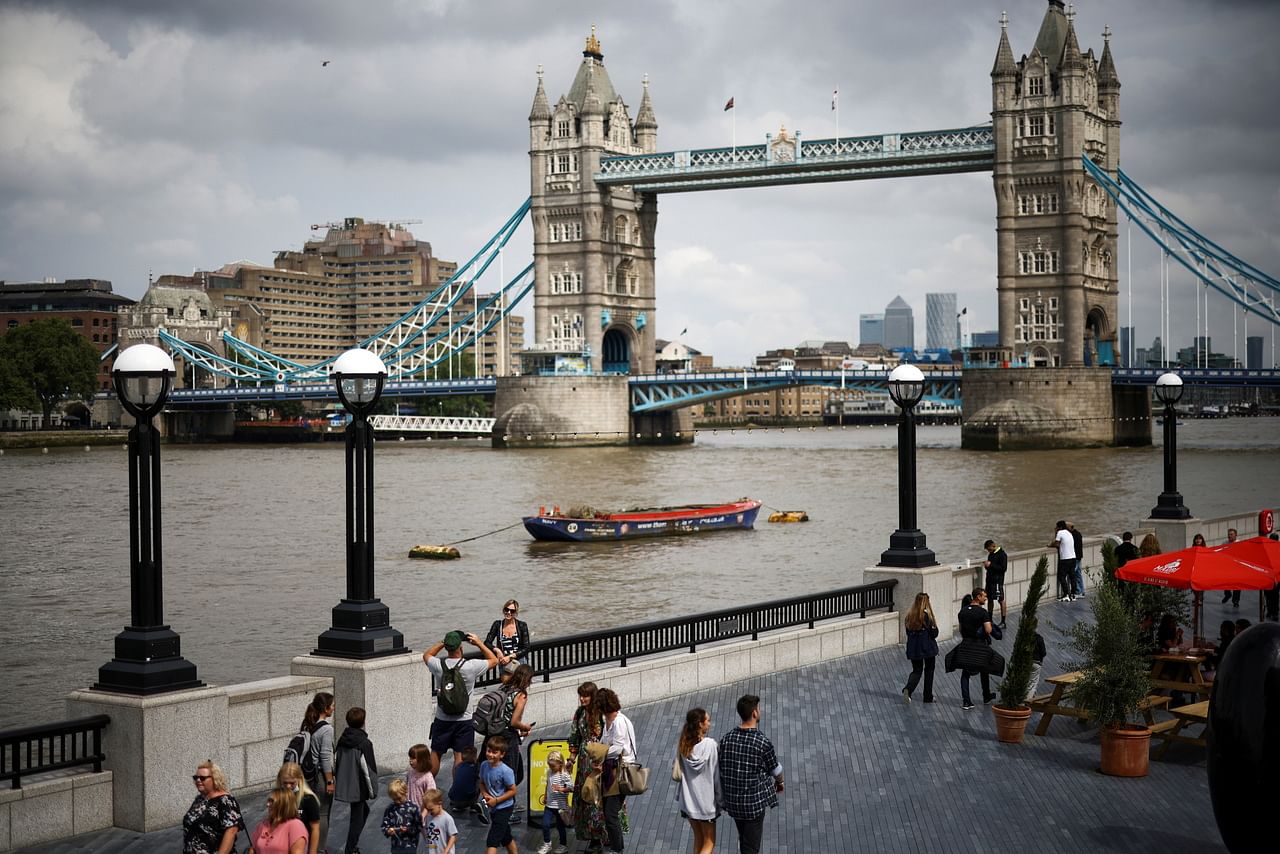
England embarked on "Freedom Day" earlier in July, ending more than a year of lockdown restrictions.
New infections soared to a seven-day average of around 47,000 then, but have dipped to below 35,000 this week, with unvaccinated teenagers contributing the most to the new cases. Covid-19 related deaths are just over 100 a day at the moment, which, according to the BBC, is similar to death numbers during a flu season.
One of the earliest countries to start its inoculation campaign at the end of last year, vaccination rates in Britain have been overtaken by countries with similar populations, including Spain and France.
Population: 68.2 million
Cases (7-day average): 34,348
Deaths so far: 138,101
Vaccination rate: 66.2 per cent fully vaccinated
Current border controls: The UK recently abolished its traffic light classification, instead using two lists of low-risk alongside a red list of higher-risk countries where travellers arrive from. Singapore is on the low-risk list, meaning no pre-departure tests are needed for vaccinated travellers to enter the UK, although one test will be required on the second day of arrival.
Current Covid-19 safety measures: According to the first part of the UK's Winter Plan, masks are only expected in "crowded places" and shops or public transport. A "Covid-19 Pass" has been introduced for entry to large events such as concerts or clubs, but usage is dependent on the venue operators. Most shops, museums, theme parks and bars have reopened.
France

The French Scientific Council, which advises the government on Covid-19, has said the health situation has been improving in France.
New infections are down to around 5,000 a day since breaching 20,000 during the country's fourth wave in August. Newly admitted cases to hospitals have fallen to an average of around 300 per day since the start of this month.
Even the dreaded start of the school year in September did not bring about the feared transmission among unvaccinated children.
Researchers attribute the improvement to vaccinations, but have cautioned French people to continue complying with health guidelines like mask-wearing and hand-washing ahead of a potential surge during winter.
France was one of the worst-affected countries in Europe last winter, as new infections hit just under 49,000 a day and hospital ICUs were 92 per cent occupied.
Population: 65.4 million
Cases (7-day average): 5,194
Deaths so far: 117,915
Vaccination rate: 66.5 per cent fully vaccinated
Current border controls: Since July, France has allowed fully vaccinated travellers from any country to enter without a pre-departure PCR test. For unvaccinated travellers, France applies a traffic light classification of green, amber and red countries, with those from green or safe countries needing to present a negative PCR test result.
Current Covid-19 safety measures: A health pass or "pass sanitaire", which either shows proof of vaccination or a negative Covid-19 test, has been required to enter places like bars, restaurants and cinemas since July.
Italy
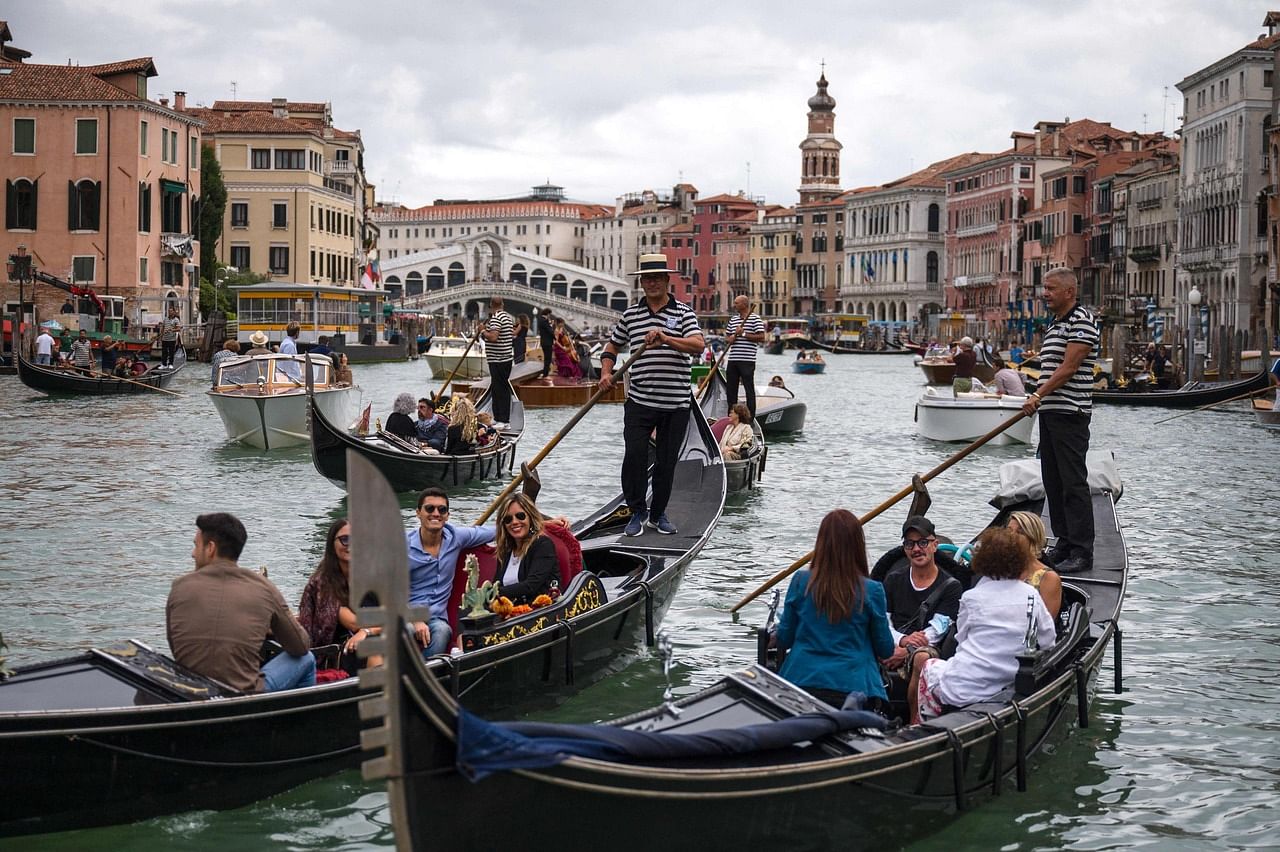
One of the first countries in Europe to be hit by Covid-19 last year, Italy has the second-worst death toll in the continent behind Britain.
Italy had aimed to vaccinate 80 per cent of its population by last month, and although it missed that target, enough progress was made to suppress infections.
Averaging below 3,000 new daily cases this week, infections are less than half the reported tallies during its recent surge in August. Deaths have also stayed low in the double figures since June.
Population: 60.4 million
Cases (7-day average): 2,845
Deaths so far: 131,274
Vaccination rate: 69 per cent fully vaccinated
Current border controls: All travellers going to Italy have to fill in a Passenger Locator Form online to facilitate contact tracing in the country.
Those who are vaccinated from certain non-European Union countries, including Singapore, will need to present a negative virus test result from a pre-departure PCR test or ART taken 72 hours before arriving in Italy, on top of proof of vaccination, to avoid a five-day quarantine.
Current Covid-19 safety measures: Most restrictions on entertainment venues in Italy will be lifted on Oct 11 for holders of a "Green Pass" that shows proof of vaccination or a negative Covid-19 test result. The pass is needed to attend cultural events, as well as to dine at indoor restaurants.
Sporting stadiums will operate at higher capacities, as will nightclubs and dance discos, which have been closed for more than 18 months.
Mask mandates are limited to indoor settings or when a safe distance of 1m cannot be maintained.
Netherlands
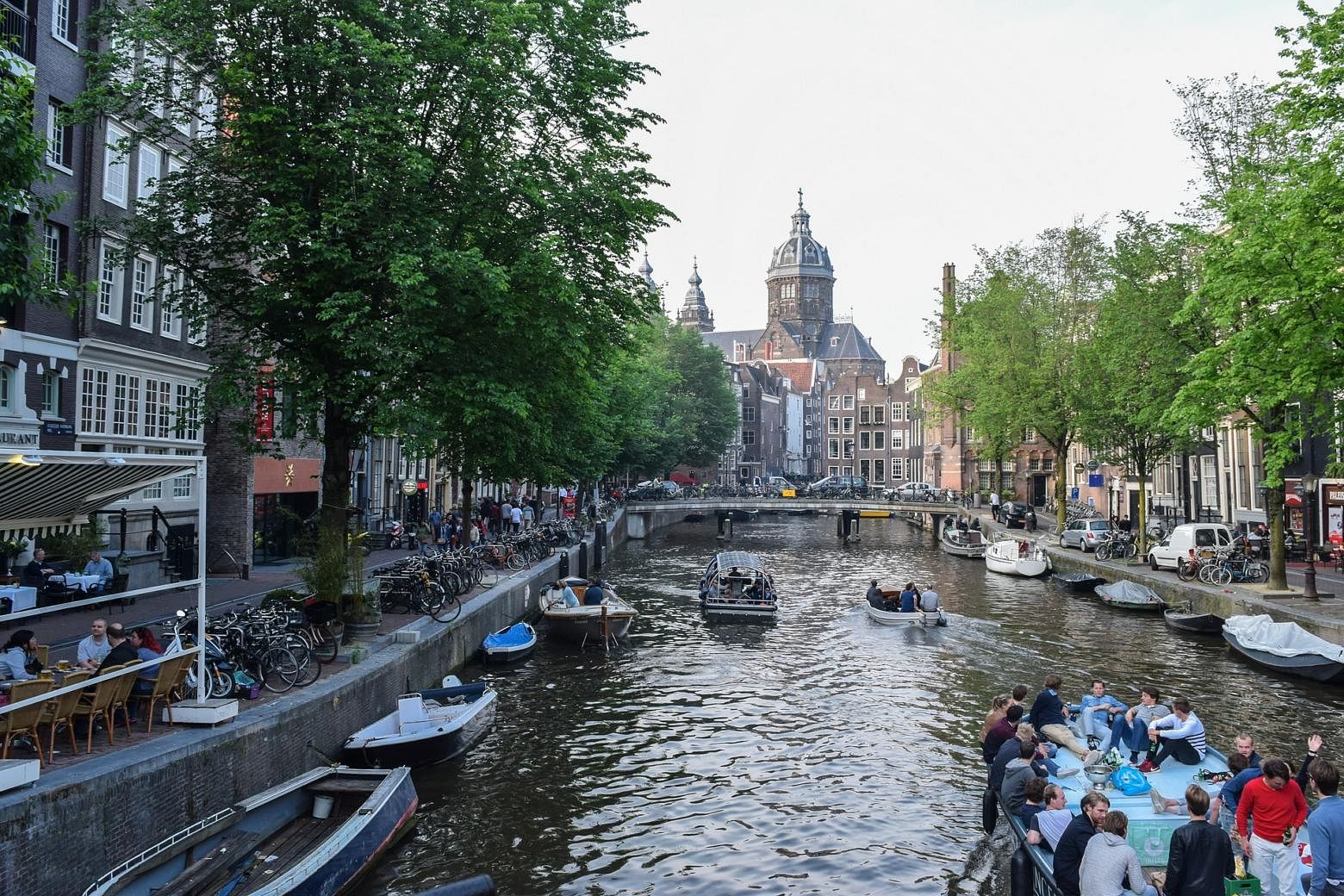
With new infections falling to around 2,000 in the country, Dutch authorities removed most Covid-19 restrictions last month, including a rule to maintain a 1.5m distance between people.
Practically all places in the country such as shops, restaurants and leisure locations have been reopened as part of the Netherlands' five-step plan to ease safety measures.
Midnight curfews for restaurants and bars have remained however, along with an encouragement to continue working from home with the government not ready to completely lift all restrictions.
Hospitalised Covid-19 patients in the Netherlands as of this week remain low at 339, much lower than the numbers nearing 2,000 during the Delta-driven surge in the summer.
Population: 17.2 million
Cases (7-day average): 1,946
Deaths so far: 18,629
Vaccination rate: 67.6 per cent fully vaccinated
Current border controls: Vaccinated travellers have not been required to quarantine upon arriving in the Netherlands since Sept 22. Those who are vaccinated are also exempt from pre-departure tests.
Current Covid-19 safety measures: Most tourist-friendly venues, such as music arenas, sporting stadiums, and cultural sites, have returned to operating at full capacity, with visitors requiring to present a Covid-19 pass showing proof of vaccination or a negative test result. Those who are not vaccinated can get tested for free to gain access to these venues.
Denmark
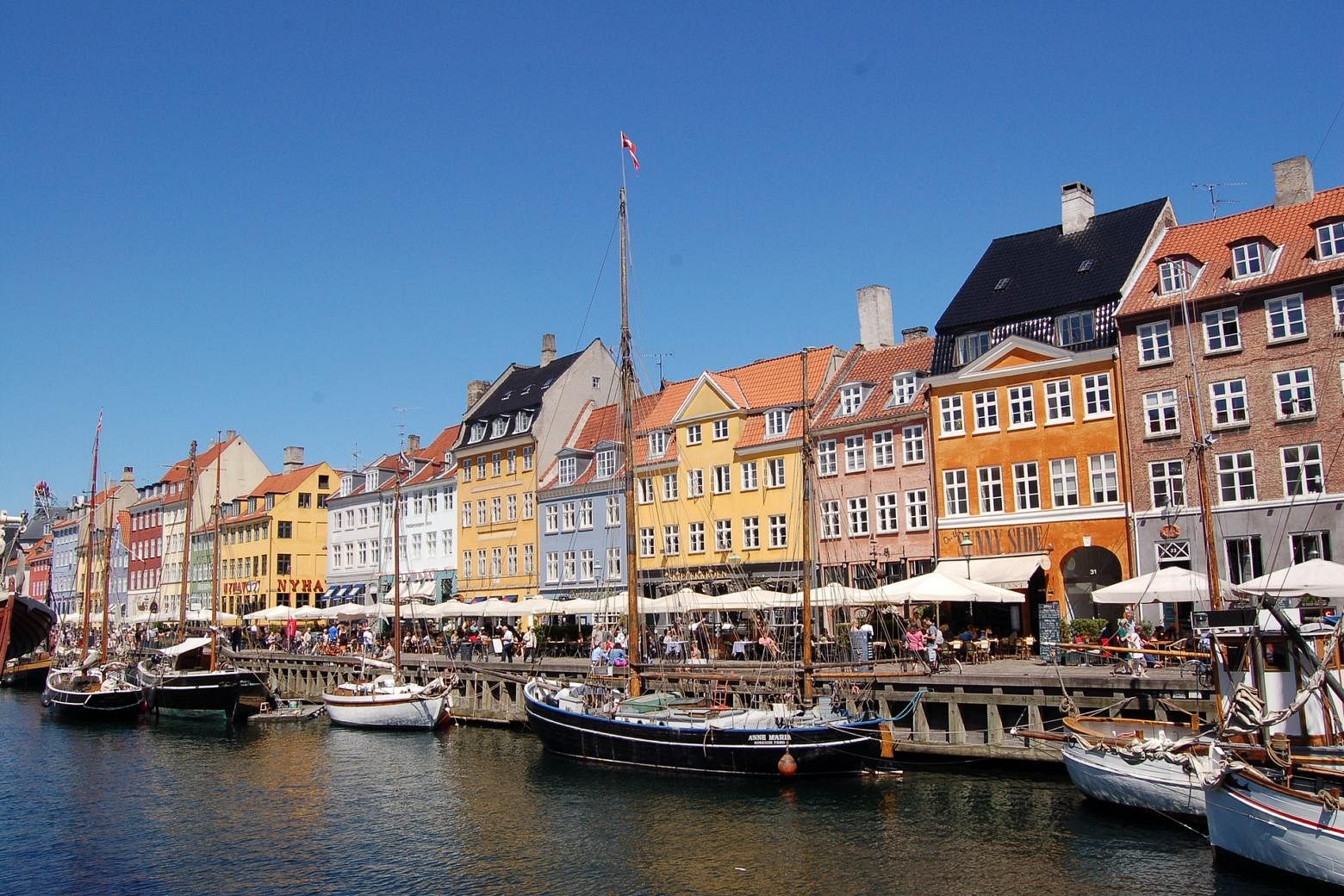
The Scandinavian country has reached the other side of the pandemic, having lifted all Covid-19 restrictions last month, including a vaccine passport introduced in March that was deemed no longer necessary.
With new daily infections capped below 500, Danish authorities say they have the virus' spread under control.
More than three quarters of its relatively small population are fully inoculated, including more than 96 per cent of those aged 65 and above.
A WHO Europe officer attributed Denmark's success to high public compliance to the government's guidelines.
Population: 5.8 million
Cases (7-day average): 480
Deaths so far: 2,671
Vaccination rate: 75.4 per cent fully vaccinated
Current border controls: Denmark uses a four-colour (green, yellow, orange, red) traffic light classification system for countries of departure. Singapore is on the yellow list at the moment, meaning unvaccinated travellers from here will need to take a pre-departure Covid-19 test, a free test upon arrival, and not need to quarantine, assuming results are negative. Vaccinated travellers are exempt from both virus tests.
Current Covid-19 safety measures: Masks are required only at the airport upon arrival, and at virus testing centres. A "corona passport" is used to indicate vaccination status or Covid-19 test results for entry to venues like cafes, bars and museums.
Spain

Spain is now at a "low risk" level, with infections falling from 900 per 100,000 residents in January to below 50 for the first time since July last year. Spain's epidemiologists consider falling below 25 cases per 100,000 inhabitants to be the threshold to indicate the virus' spread is under control.
The number of those hospitalised with Covid-19 has dropped to just above 2,000 people, a far cry from the country's third wave in January, when more than 30,000 in hospitals stretched its healthcare resources.
But, while public health experts preach caution, especially with the under-12 age group not inoculated against Covid-19, most regions in the country have lifted restrictions.
Universities in Barcelona have returned to 100 per cent in-person classes, while curfew-free bars and nightclubs in Madrid have re-lit the Spanish capital's nightlife scene. Outdoor sporting arenas in Basque Country have also returned to full capacity seating for fans.
Population: 46.7 million
Cases (7-day average): 1,745
Deaths so far: 86,778
Vaccination rate: 78.7 per cent fully vaccinated
Current border controls: Most vaccinated travellers can enter Spain for leisure without a pre-departure test, even those from at-risk countries. Singapore was already on a list of countries considered safe enough to not require vaccination or quarantine to travel to Spain.
Current Covid-19 safety measures: Since June, Spain has dropped its mask requirement, when outdoors and maintaining a safe 1.5m distance from other people, although many are still seen covering their faces in open air. This has reportedly created an additional problem for those who forget to wear a mask when they go indoors or to enclosed open-air spaces, where they are needed.
Vaccination passes are not used in the highly vaccinated country, with courts outlawing the pass over the infringement of personal privacy.
